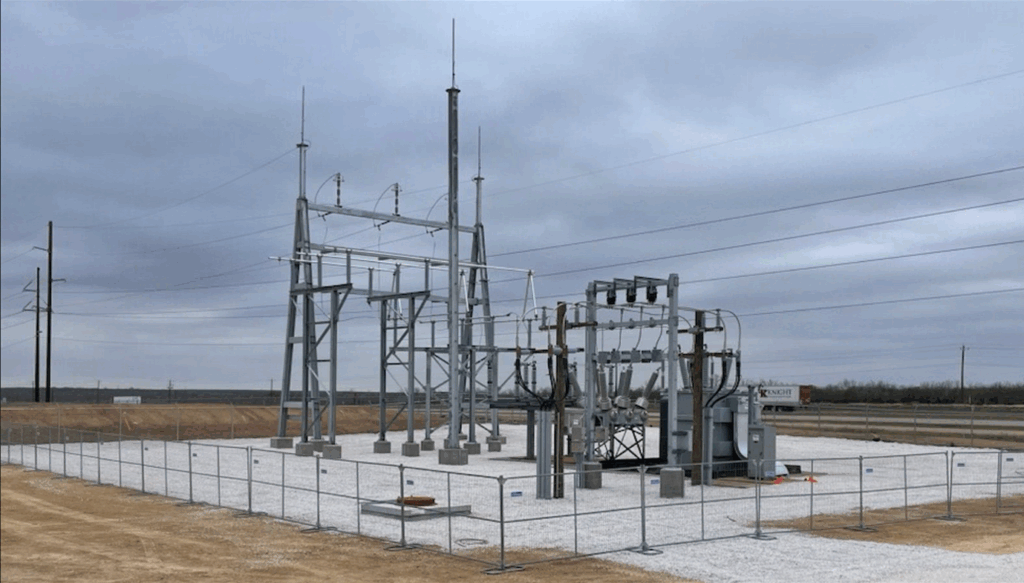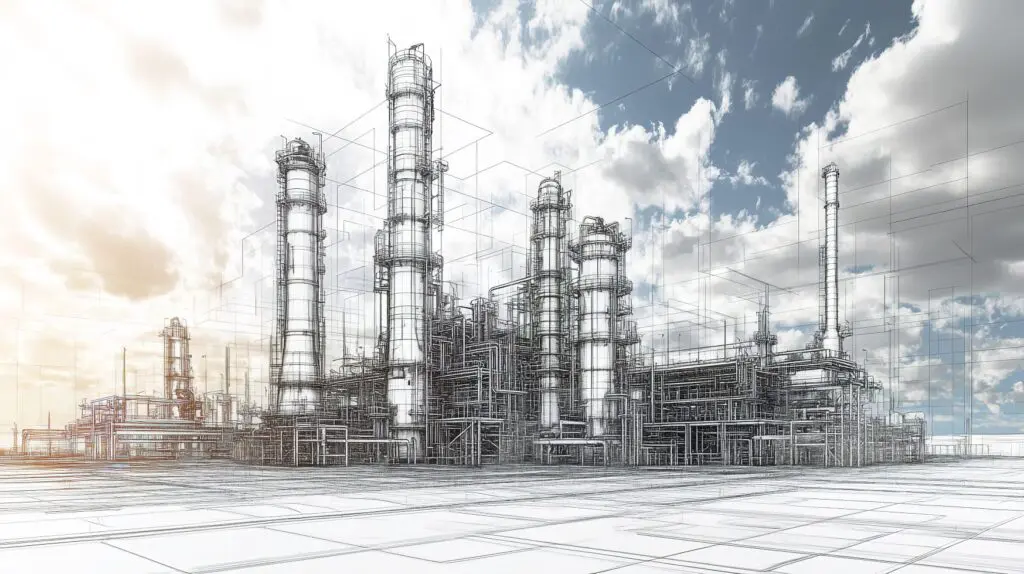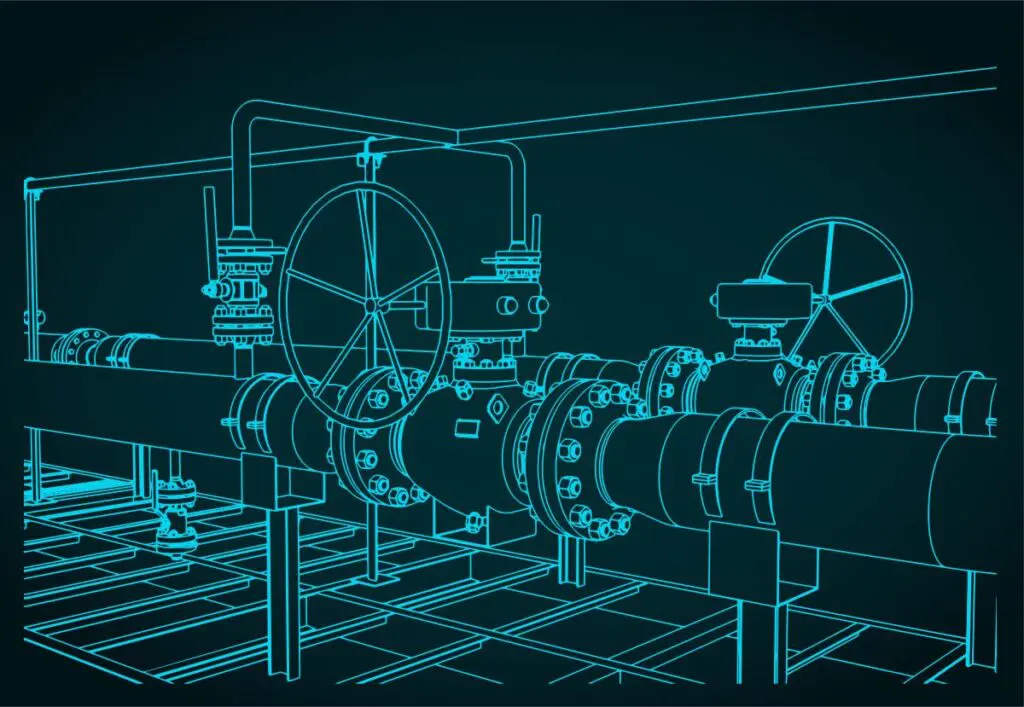

Want to share this article?
Weather Poses Challenges at Every Step
When it comes to factors that affect oil and gas prices, some will point to politics and taxation as major culprits.
But the weather also plays an important role, offering its own set of challenges to the oil and gas industry. Weather forces extractors and distributors to apply extra consideration to design, maintenance, and readiness plans or risk facing unnecessary losses.
The U.S. onshore environment is fraught with a wide variety of weather conditions that can impact the production and distribution of oil and gas. The weather system that moved through the U.S. during the Christmas holiday illustrates that variety well. Snow in New Mexico and Texas affected production and delivery of crude oil, while tornadoes wreaked havoc beforehand. The same storm also brought crippling ice storms to Oklahoma and flooding to Kansas and Missouri, shutting down delivery trucks and oil terminals. Even extreme cold temperatures can cause well freeze-offs that drastically curtail natural gas production, as it did in early 2011.
Further offshore, hurricane-prone areas like the Gulf of Mexico have certainly given producers pause over the decades to improve facility designs and forecast models. Hurricane Katrina in 2005 was one such learning experience for the industry, prompting regulators to take action towards improving infrastructure standards. Yet a hurricane is still deadly, and risks remain. Evacuation plans must be implemented and evaluated, structures upgraded, and unused wells permanently plugged. These and other tasks must be performed in lean times rife with cost cutting measures as well as during spans of time when hurricanes are few and far between. With low oil and gas prices adversely affecting producers’ bottom dollar and El Niño weather patterns suppressing hurricane formation in the Atlantic and Gulf, it’s easy to get cut corners and get complacent with severe weather readiness. However, that is a path that can lead to greater-than-necessary risks to infrastructure, lives, and the environment.
Conversely, warmer-than-normal temperatures can bring their fair share of challenges to the industry too, though not so much on the production side: rather, natural gas inventories tend to increase and prices drop, particularly during a warm winter. In fact, despite U.S. inventories decreasing more than anticipated in late December, available supply remained 14.7 percent higher than the year prior, and prices reached a 17-year low due to a warm start to the winter. Though infrastructure isn’t adversely affected, profit margins still suffer until temperatures drop and demand increases. Unlike hurricane preparedness, this type of weather challenge arguably can’t be mitigated with forethought.











